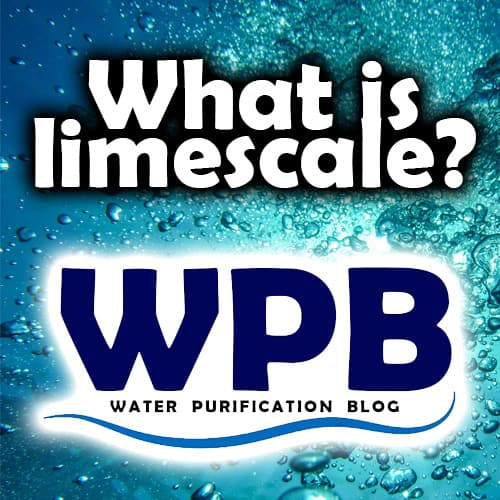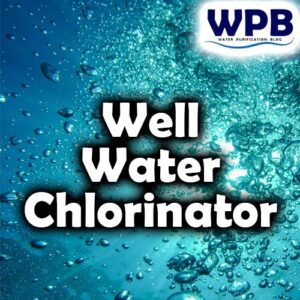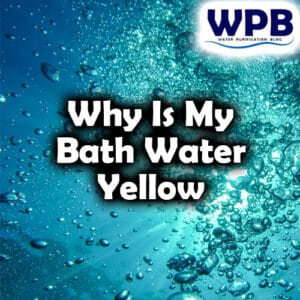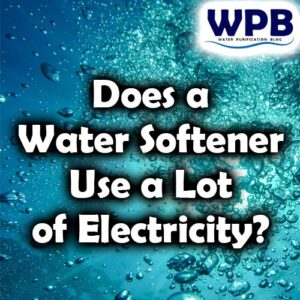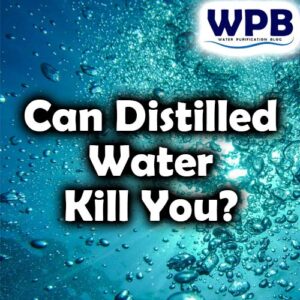Table of Contents
introduction
Definition of What is Limescale
Limescale, also known as calcium carbonate (CaC03), is a hard, chalky white deposit that gets left behind on surfaces when hard water evaporates, or when it has big changes in its temperature.
Causes of Limescale Deposits
Limescale deposits are caused by hard water, which is water that is rich in minerals and salts, especially magnesium and calcium.
These minerals and salts, such as calcium and magnesium carbonate ions, can cause a buildup of limescale or mineral deposits on surfaces when the water temperature rises or it has big temperature changes.
Places Limescale Buildup is Found
Calcium carbonate deposits can be found in a variety of places in the home:
- Limescale buildup inside kettles and boilers
- Limescale buildup in hot water boilers
- Limescale buildup in washing machines
- Sinks, faucets and showers
- In pipework, especially that for warm water and heating elements
- Insoluble calcium carbonate in the inner surfaces of old pipes
- On all other surfaces where hard water has flowed or had contact with hard water
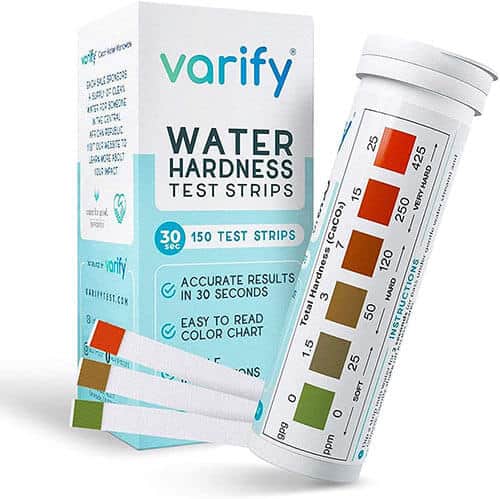
Water Hardness Test Kit – Fast and Accurate Cost Effective Water Hardness Test Strips
Save time and get accurate water test results within seconds. Simply take one of the provided test strips and dip the test strip into the water. Compare the test strip colors with the large color chart on the bottle. This is your water hardness result.
No need to visit a store or wait for someone else to test the quality of your water.
Enjoy consistently accurate and reliable results whenever you need them.
Ideal for you water softener operation control.
How to Remove Limescale
Chemical Ways to Remove Limescale
Now that we defined what is limescale, here are several chemical remedies that can be used to effectively remove it. Here are a few examples:
White vinegar
White vinegar can be an effective solution for removing limescale buildup from various bathroom surfaces, including faucets, showers, and toilets.
Step 1
Soak the Surface in Vinegar Soak the affected surfaces in white vinegar for at least 30 minutes to break down the limescale buildup. You can use a spray bottle to apply vinegar to hard-to-reach areas. For heavier buildups, scrubbing may be necessary.
Step 2
Scrub with Abrasive Cleaning Powder Dip a toothbrush in the vinegar and then into some chlorine-free scouring powder. Scrub the faucet or showerhead to remove any lime buildup. Reapply baking soda and vinegar to the toothbrush as needed.
Step 3
Wipe with Soapy Water After soaking, simply rinse the surfaces with soapy water. This will remove any remaining vinegar residue and leave the surfaces clean and shiny.
Step 4
Descale the Inner Passages of the Shower Head to descale the buildup from the inner passages, soak the shower head in vinegar for at least 30 minutes. This will descale the inner passages and allow free flow of water.
Step 5
Use a Vinegar Borax Mixture for Toilets to descale buildup from toilets, mix two to three cups of white vinegar with equal parts borax. Pour it directly into your toilet bowl, making sure the areas affected by limescale are under the liquid. Leave it for two hours to allow the borax and vinegar to dissolve the limescale.
Lemon juice
Cut a lemon in half and rub it on the shower head. Let it sit for about an hour, then scrub the limescale off with an old toothbrush.
Vinegar or lemon juice
Quarter-fill a kettle with vinegar or lemon juice and leave for an hour. Then, top up the kettle with water and boil it. The boiled water will help to remove the limescale from inside the kettle.
Fill a spray bottle with a mixture of vinegar and lemon juice and spray it on hard to get surfaces, like the toilet bowl. After the desired contact time flush it with water.
It’s important to note that when using these remedies, it’s essential to take precautions such as wearing gloves and using the remedies in a well-ventilated area.
Additionally, always test a small area first before using on large surfaces to ensure that it does not damage the surface.
Anyway, limescale deposits from affected appliances as washing machines, water heaters, and plumbing fixtures will never be 100% removed.
The only way to protect everything in your home from limescale build up is soft water from a water softening system.
Limescale Prevention Solution – Water Softeners
The best way to prevent limescale buildup in plumbing systems and all appliances is to completely remove limescale problems by using soft water. You can provide soft water for your whole house by using an ion exchange water softener.
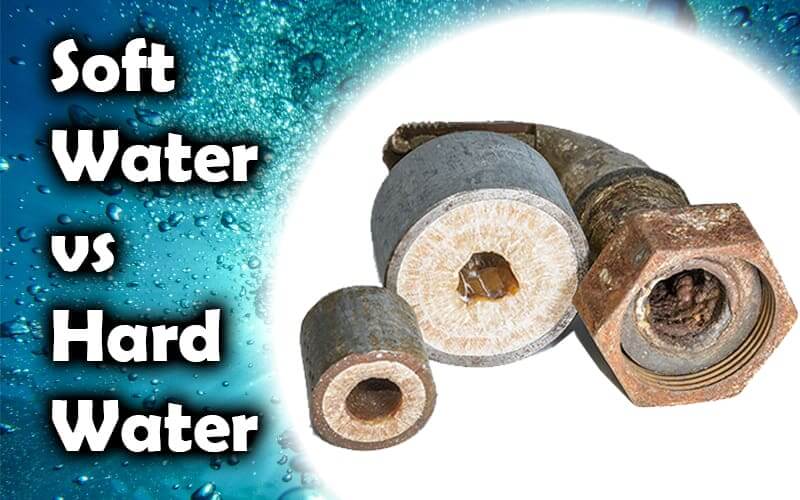
You can find much more useful information on water softeners on this blog.

Who am I?
I am working as a water treatment technical manager and I have more than 25 years of practical experience in water purification.
Water purification expert
After many years of experience in water purification, I want to share some of my knowledge and get people to know the real importance of water quality.
Water purification and water treatment are very complex themes, so it is important to explain them in an easy-to-read way.
On this blog, you will find many understandable, easy-to-read information about water purification.
I hope you enjoy it, find some useful information, and thank You for reading.
More info on my work and my expertise on water purification can be found on my LinkedIn profile.

